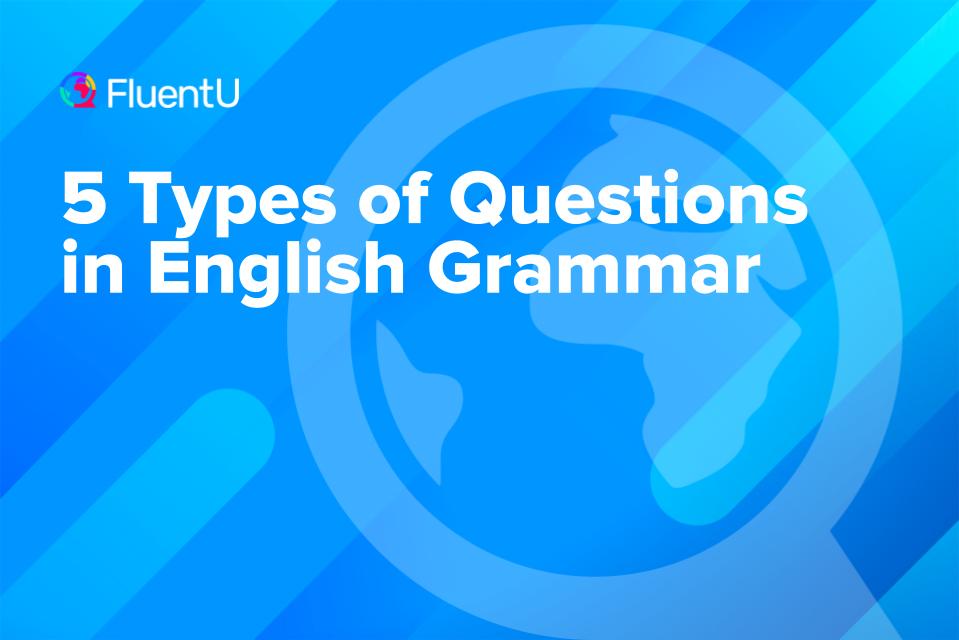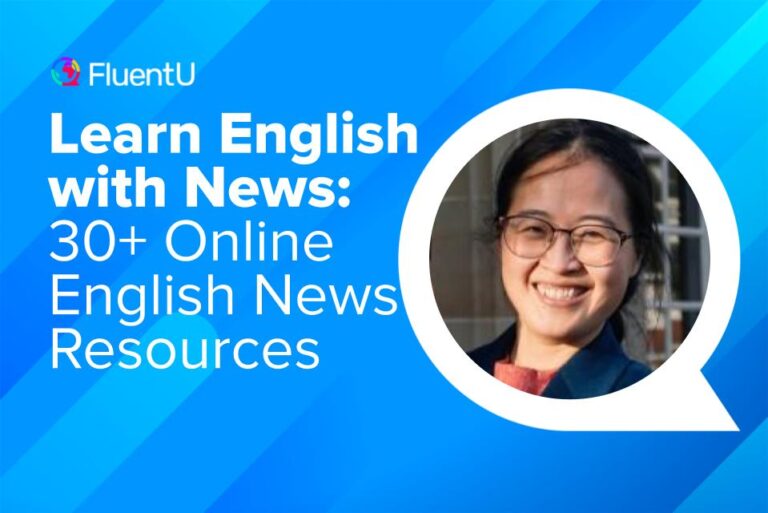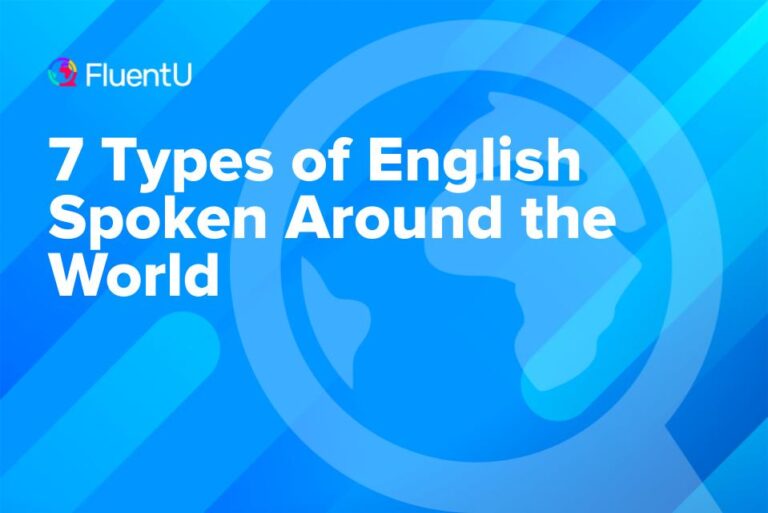5 Types of Questions in English Grammar

Asking questions in English is a useful skill for almost any situation, and asking questions will also help you learn a lot more.
There are many different types of questions in English grammar, each with its own rules.
In this post, we’ll show you five essential types of English questions you should know, plus grammar tips and examples to help you form them each correctly.
The next time you have a burning question for an English speaker, you’ll know how to ask it!
Download: This blog post is available as a convenient and portable PDF that you can take anywhere. Click here to get a copy. (Download)
The 5 English Question Types
If you have information you want (or need) to know, use these 5 simple formats for asking questions in English.
1. Yes/No Questions
Yes/No questions are the most basic type of question in English grammar. You can use them to ask for a simple yes or no answer.
They usually begin with a verb, including auxiliary verbs (a “helping” verb that comes before the main verb) or modal verbs (such as can or would).
The basic structure for yes/no questions looks like this:
Auxiliary Verb + Subject + Main Verb + Object/Other Information?
Let’s look at this sentence:
To change this sentence into a question, simply move the verb to the beginning. If the sentence has an auxiliary or modal verb, that’s the one you’ll need to move.
Let’s look at a few more inversions to form yes/no questions:
If the sentence has no auxiliary verb and the main verb isn’t to be , things are a little different. You’ll need to put do or does at the beginning of the question.
Be sure to use the correct tense and form, for example, did if the sentence is in the past tense.
Nina plays the violin. → Does Nina play the violin? (Notice the new form of “to play” to accommodate the new structure.)
Nina and Thomas play the violin. → Do Nina and Thomas play the violin?
Once you’ve had more practice turning basic sentences into questions, you can skip the first step of starting with a sentence and go directly to forming the question.
Here are some more examples:
Was Jeremy at the group dinner last Thursday?
2.Wh Questions
These are the question words who, what, when, where, how and why. These are also referred to as “open questions” because the answer can essentially be anything.
Here’s a list of common question words in this category and what each is used for:
For these questions, we’ll need to replace part of the sentence with a wh word. We’ll usually need to invert the word order as well, but not always.
Note that some question words are actually phrases comprised of multiple words. For example, I can start a question with “Where,” but I can also add a phrase, such as “ Where in Germany?”
The structure of a question is usually:
Wh Question Word/Phrase + Auxiliary Verb + Subject + Main Verb + Object or Other Information?
Let’s turn this statement into a question:
When you’re asking about the subject (in this case, Nathan), you just replace the subject with a wh word. Since Nathan is a person, our wh word is who.
Let’s say we wanted to ask about the object in this sentence. We’ll replace it with our wh word. The object is “basketball,” a thing, so our wh word is what.
Nathan is playing what in the park?
Now we need to restructure the sentence like this:
What is Nathan playing in the park?
Notice how the subject also has to get moved in between the auxiliary verb and main verb for this type of sentence.
We can also use where to ask about the location. We replace “in the park” with where, then move where to the beginning of the sentence:
Where is Nathan playing basketball?
Here are some more question examples:
How has your dog learned to sit on command?
Why have you been studying for so long? You need a break! When were you at work? Where were your children walking to yesterday? How many times had you been to Canada before you moved there? What had the dog been eating before he got sick? Where will the city government build a new parking lot?
Check out this post for more on Wh Questions:
Wh Questions in English (Plus Example Sentences) | FluentU English Blog
Learn English Wh questions with examples! These questions use the words who, what, when, where, why, which, whose or how. You can use Wh questions to have English…
3. Indirect Questions
A direct question is used to ask for information such as, “Which train goes to Bangkok?” or “How much does this box of oranges cost?”
However, sometimes a direct question may sound too blunt or unfriendly, especially if you’re asking someone for help or when you don’t know the person well or at all.
But you can use an indirect question to sound more polite and friendly. Just attach a phrase like “Could you please tell me…” or “Do you know…” before the direct question.
Let’s say you want to ask:
Where is the bookstore?
Here’s how you can change this into an indirect question:
Could you please tell me where the bookstore is?
Do you know where the bookstore is?
Note the inversion when forming an indirect question. In the direct question, the verb is comes before the subject: bookstore. But in the indirect question, the verb is moved to the end.
4. Question Tags
A question tag is simply a sentence with an inverted question at the end. It’s used to check or confirm that you’ve understood something correctly. For example:
The train leaves at 9 am, doesn’t it ?
You could also use it to confirm whether something you already know or think you know is true.
You will bring the cake, won’t you ?
Notice that the structure is very different from the earlier question types.
To form a tag question, you simply add the question tag using the opposite form of the verb/auxiliary or modal verb used in the sentence.
So if the verb in the sentence is positive (for example, is), you need the negative version (is not). The basic formula is below:
Sentence + opposite form of the same verb used in sentence + subject pronoun?
For example:
It is raining now. → It is raining now, isn’t it?
Your father isn’t working today. → Your father isn’t working today, is he?
The students are visiting the museum. → The students are visiting the museum, aren’t they?
Notice that we used the contractions isn’t instead of is not and aren’t instead of are not . Contractions are usually used in negative tags.
Notice also how the subject pronoun is used instead of the subject itself in the tag. In the examples above, father becomes he and the students become they .
When there’s no auxiliary verb, use the do verb form in the question tag.
Adam walks to class on Tuesdays. → Adam walks to class on Tuesdays, doesn’t he?
5. Negative Questions for Confirmation
A negative question is a question that contains the word not or a negative verb contraction like didn’t (did not), weren’t (were not) et cetera.
Similar to question tags, you can use a negative question to confirm something you believe to be true:
Didn’t you hear the news? Sally won the marathon.
A negative question can also show your surprise that something you expect to happen hasn’t happened yet. In the example below, you expected him to call back soon and you’re surprised he hasn’t. So you ask:
Hasn’t he called back yet? It’s been two hours.
Verb contractions are usually used in negative questions. The basic formula is below:
Negative verb contraction + subject + main verb + other information?
For example:
Wouldn’t you like another cup of coffee?
In more formal settings, you might use “not” instead of a contraction.
Auxiliary verb + subject + not + main verb + other information?
For example:
Has she not handed in her assignment?
Intonation When Asking Questions in English
A big part of asking questions in English is intonation, which is the rise and fall of the voice when speaking. More specifically, intonation is the rise and fall of the pitch of one’s voice, or the melodic pattern the voice makes–sort of like singing.
In English, questions generally end with higher pitch than they begin with, which is called rising pitch. You might ask:
Do you want a coffee? What color do you like best?
The words “coffee” and “best” will usually have the highest pitch in the questions.
Where to Practice Questions in English Grammar
To get used to forming questions in English grammar, you should practice with exercise worksheets and other quiz-like resources. Test yourself often and see if there’s any part of making English questions that is difficult for you.
Oxford University Press has an online exercise worksheet that gives you the words for a question and asks you to put them in the right order.
The exercises at englisch-hilfen ask you to make the questions in several different tenses.
You can also practice by listening to real English conversations that contain questions. Hearing how real English speakers form and use questions is a great way to understand how they work.
If there’s no native speaker around to chat with, you can check out English podcasts, interviews or videos. These are easy to find online on websites like YouTube.
Videos featuring native speakers can also be found on the language learning program FluentU.
FluentU takes authentic videos—like music videos, movie trailers, news and inspiring talks—and turns them into personalized language learning lessons.
You can try FluentU for free for 2 weeks. Check out the website or download the iOS app or Android app.
P.S. Click here to take advantage of our current sale! (Expires at the end of this month.)

Remember, the more you practice, the easier and more familiar forming questions will become. Do you need good luck to form English questions? Not really, but it can’t hurt!
Download: This blog post is available as a convenient and portable PDF that you can take anywhere. Click here to get a copy. (Download)
And One More Thing...
If you like learning English through movies and online media, you should also check out FluentU. FluentU lets you learn English from popular talk shows, catchy music videos and funny commercials, as you can see here:
The FluentU app and website makes it really easy to watch English videos. There are captions that are interactive. That means you can tap on any word to see an image, definition, and useful examples.
For example, when you tap on the word "searching," you see this:
Learn all the vocabulary in any video with quizzes. Swipe left or right to see more examples for the word you’re learning.

FluentU helps you learn fast with useful questions and multiple examples. Learn more.
The best part? FluentU remembers the vocabulary that you’re learning. It gives you extra practice with difficult words—and reminds you when it’s time to review what you’ve learned. You have a truly personalized experience.
Start using the FluentU website on your computer or tablet or, better yet, download the FluentU app from the iTunes or Google Play store. Click here to take advantage of our current sale! (Expires at the end of this month.)










